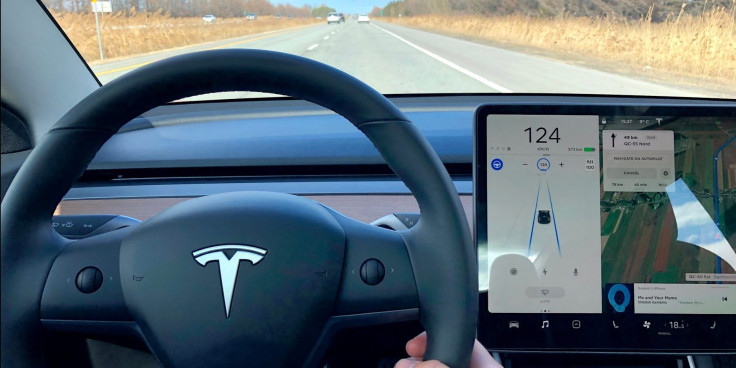Tesla Autopilot Has A Big Problem: 10% Of Software Team Have Resigned
The firing last May of Stuart Bowers, a group leader in Tesla’s Autopilot team, has triggered a new wave of resignations in this band of brainy brothers tasked with realizing Elon Musk’s dream of full self-driving autonomy for all Tesla electric vehicles (EVs) by 2020.
Tesla insiders cited by media said at least 11 members of the software team, or close to 10 percent of the total group (including longtime members) have resigned over the past few months. More disturbing is that from 2016 and 2018, Tesla saw the departure of three Autopilot bosses in just 18 months. Other Autopilot managers and engineers have also left.
Bowers was responsible for the Autopilot effort along with AI expert Andrej Karpathy. Tesla insiders said Bowers focused on operational issues. Karpathy was the technical lead.
At the heart of the intractable problems facing the demoralized Autopilot team is the belated realization that transitioning to "feature complete" full autonomy from simple self-driving is proving to be more difficult than anticipated.
Right now Autopilot can keep a Tesla EV in its lane, maintain a safe distance from other cars, change lanes safely and take freeway interchanges. But that’s about it for now, and all of these are a long way off from the full autonomy Musk envisions.
What Musk wants is for Autopilot to be capable of handling all types of roads and intersections by the end of the year. This is Musk’s definition of "feature complete."
Insiders say Musk has railed at the team’s inability to make more rapid progress towards full autonomy.
Over the past years, Musk has publicly voiced optimism about Tesla's Autopilot program. In 2015, Musk said building a fully autonomous vehicle was "a much easier problem than people think it is." He then predicted Tesla would solve this puzzle in about two years.
Tesla obviously hasn’t, and the Autopilot team is paying the price. In April, Musk moved the full autonomy deadline, saying Tesla would get there in 2020. The huge problems currently hammering the Autopilot team make that new deadline increasingly untenable.

Analysts are surprised Musk hasn’t fully realized how difficult the problem is confronting his Autopilot team. Waymo has tried since 2015 to develop its own version of full feature autonomy but still has to deploy safety drivers on its robotaxis playing the streets of Phoenix, Arizona.
Musk is also part of the demoralization problem. Tesla insiders said Musk told his tech people "he was unhappy with the progress in developing fully automated driving capabilities. He is also upset that some team members have told him they can’t meet the timelines he has set for developing the technology.”
© Copyright IBTimes 2024. All rights reserved.





















